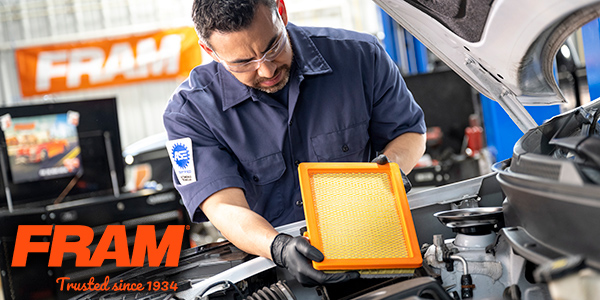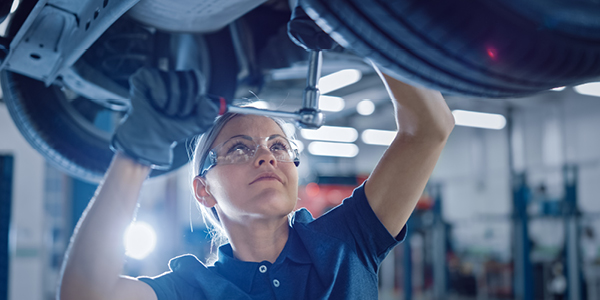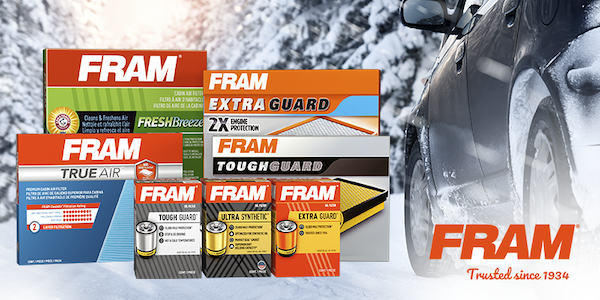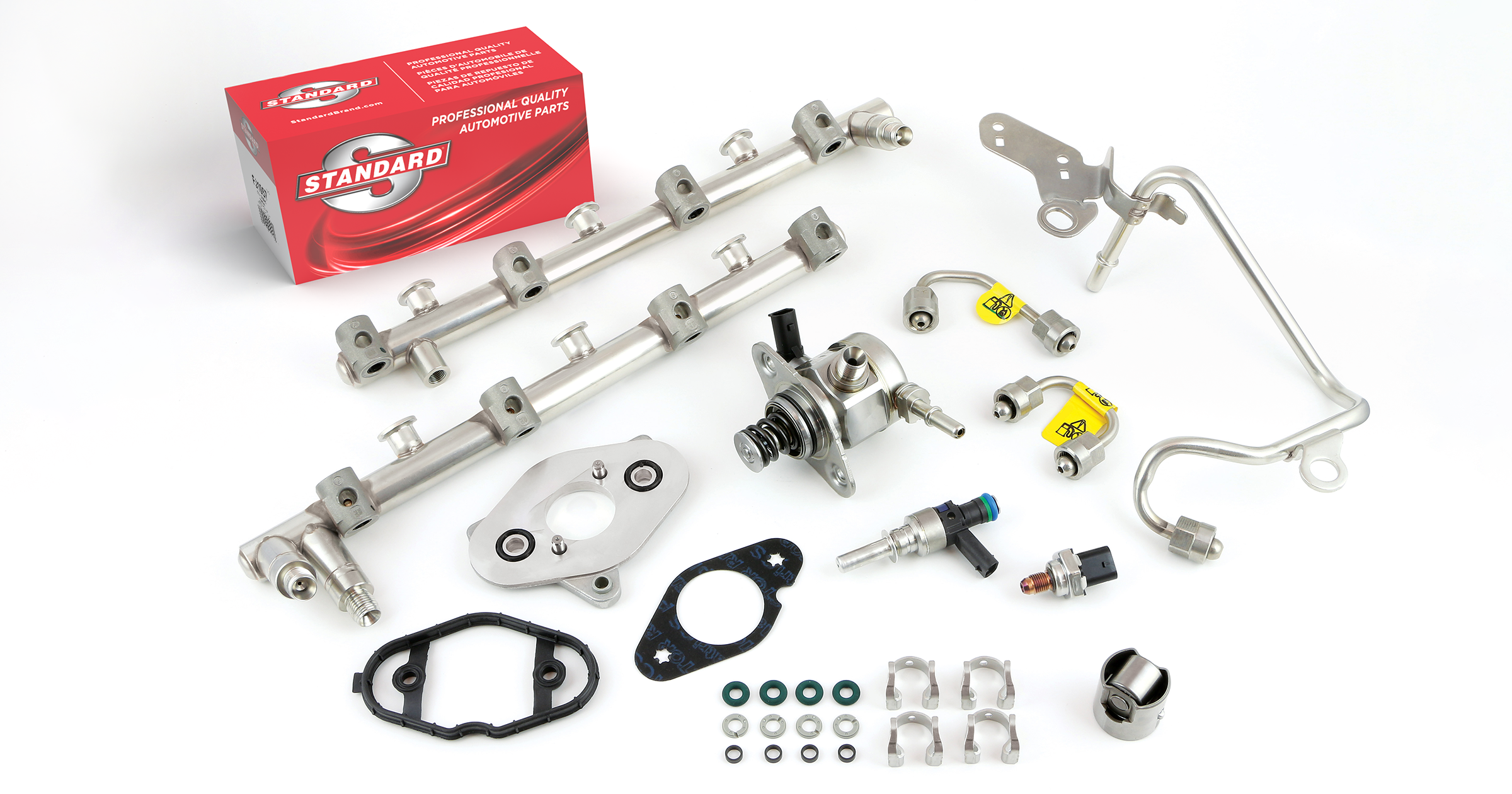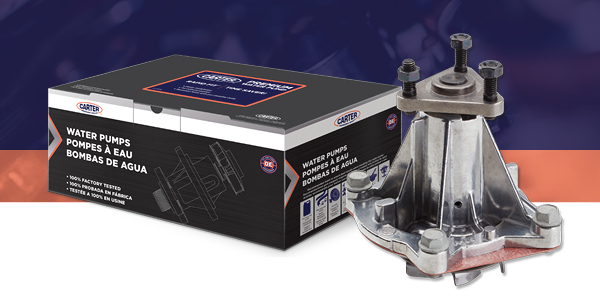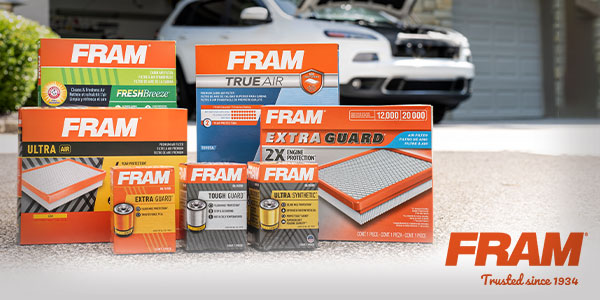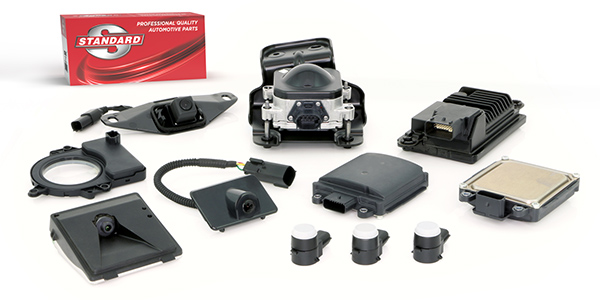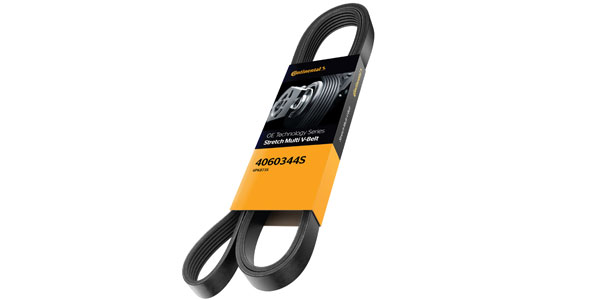
Since 2004, automakers have been designing drives using self-tensioning belts. These drives do not have a mechanical tensioner to maintain constant belt tension, and they do not have an adjustment slot that allows belt installation and tensioning.
A stretch belt incorporates low-modulus and high-elongation technologies that allow the belt to be installed on these fixed-drive systems and provide the “self-tensioning” capabilities necessary to maintain proper belt tension in the absence of an automatic tensioner.
Although the stretch belt looks like a standard serpentine belt, it is dramatically different and is not interchangeable with a traditional serpentine belt. A traditional serpentine belt should not be used on drives designed for stretch belts, and stretch belts should not be used on drives that incorporate an automatic tensioner.
Know your original equipment. Installation of the stretch belt is unique and depends on the OE application. Always follow the OE installation procedures provided by the automaker. When required, use the proper aftermarket installation tool or the OE installation tool. Never use a screwdriver to pry the belt onto the drive. Improper installation can damage the belt.
Know your installation tools. Proper stretch-belt installation may or may not require an installation tool. In some cases, a zip tie is all that’s required.
Remember, each application is different, so follow the manufacturer’s guidelines for proper stretch-belt installation. As with all V-ribbed belts, proper installation is critical for maximum belt life and drive efficiencies.
This article was sponsored by Continental.






